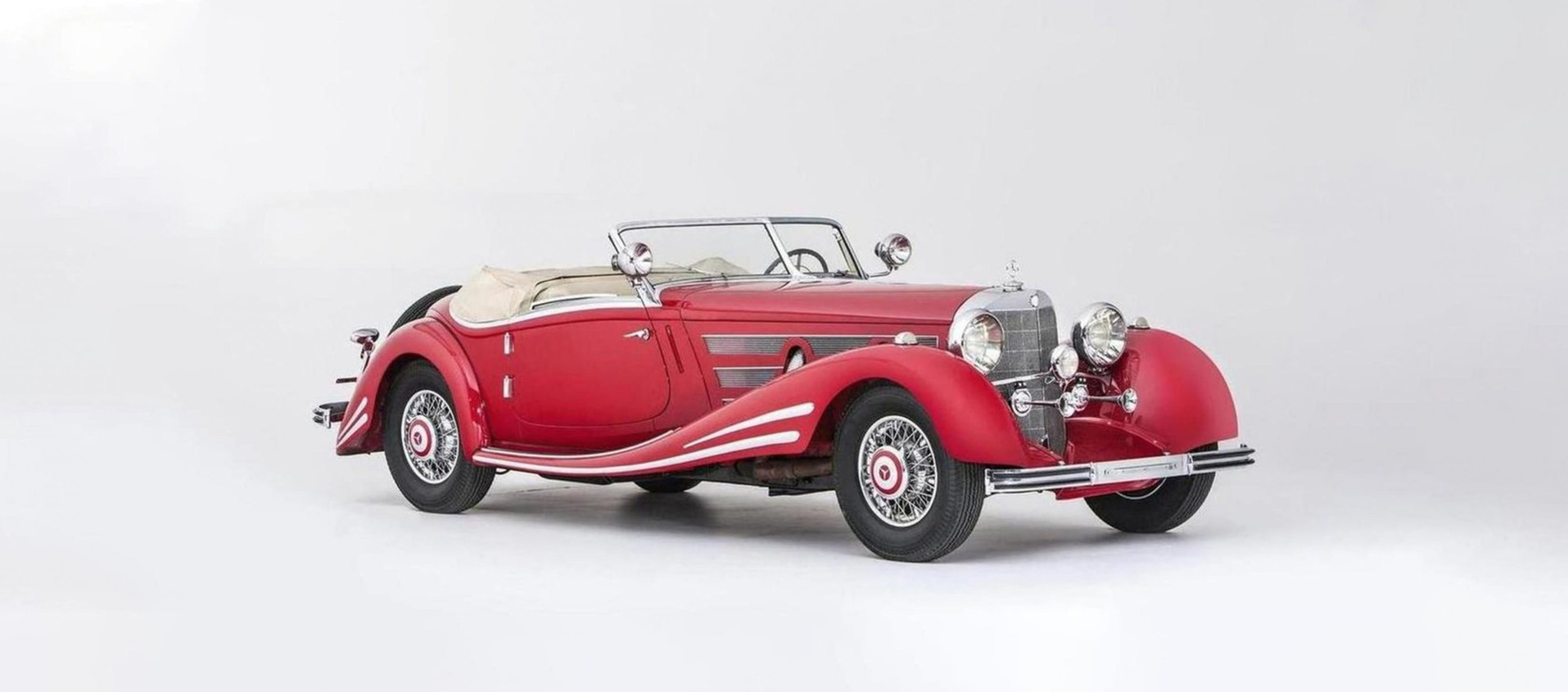RM and Bonhams: America to the rescue!
27 May 2021 5 min read 20 images

Amelia Island this year wasn’t just one of the most important events of the year, it was the event par excellence, the one to follow in even the smallest of details. The reason is easy to understand: it was the last big event before the pandemic hit (6th-7th March 2020, although it feels like an eternity has passed) and the first one held “after”. That’s right, because with the vaccination campaign at full speed across the USA, events like these are now finally being held in presence once again with many hands being raised. And after a long abstinence, there was a lot of euphoria about buying.
Register to unlock this article
Signing up is free and gives you access to hundreds of articles and additional benefits. See what’s included in your free membership. See what's included in your free membership.
Already have an account? Log In